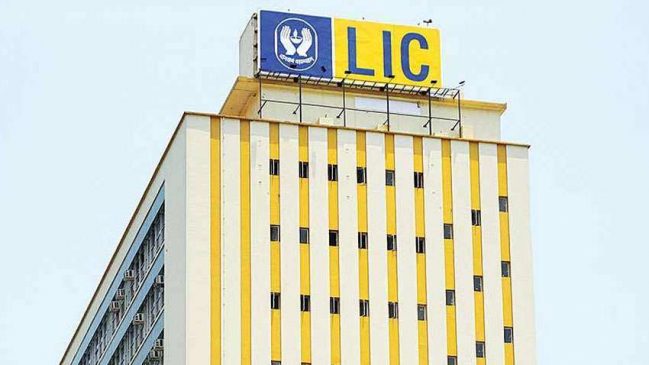
Life Insurance Corporation of India, country’s largest insurer offers a wide range of life insurance policies and plans as per the needs of the individual. One such scheme offered by the insurer is the Dhan Ratna plan. It is a non-linked, savings, life insurance plan which offers a combination of protection and savings.
Like other life insurance plans, Dhan Ratna plan also provides financial support to the family of the policyholder in case of his/her unfortunate death. It also offers periodical payments on the survival of the policyholder at specified durations.
Read More: Old Pension Scheme vs NPS – Basic differences and which is better?
Eligibility criteria, policy term and premium paying term
People as young as 5-year-old can enter the scheme as the minimum age at entry is 5 years for a policy Term of 15 years, and 90 days for policy Term of 20 and 25 years. The maximum age at entry is 55 years for Policy Term of 15 years, 50 years for Policy Term of 20 years, 45 years for Policy Term of 25 years, and 65 years minus the policy term.
At maturity, the minimum age is 20 years for policy term of 15 and 20 years while it is 25 years for policy term of 25 years. The maximum age, on the other hand, is 70 years, and 65 years (in case of policies procured through POSP-LI/CPSC-SPV).
Under the scheme, the minimum basic sum assured is Rs 5,00,000 and there is no limit on the maximum basic sum assured. However, it may be noted that the basic sum assured will be in multiples of Rs 25,000.
The policy term options available under the plan are 15 years, 20 years and 25 years.
The premium paying Term will be 11 years for a policy term of 15 years, 16 years for policy term of 20 years, 21 years for policy term of 25 years.
Read More: Keep in mind the following factors before opting for credit card EMIs
Death and maturity benefits
“Sum assured on death” along with accrued guaranteed additions will be payable as death benefit if the policy holder dies during the policy term. “Sum assured on death” is defined as the higher of 125 per cent of basic sum assured or 7 times of annualised premium.
This death benefit payment will not be less than 105% of total premiums paid up to date of death. However, for the minor life assured, on death before the commencement of risk, the death benefit payable will be refund of premium(s) paid without interest, according to LIC.
Additionally, on surviving the stipulated date of maturity provided the policy is in-force, “Sum assured on maturity” along with accrued Guaranteed Additions, will be paid to the policy holder. The “Sum assured on maturity” will be the same as the 50 per cent of Basic Sum Assured, it informed.
Read More: Wealth Guide: Double Benefit! Income Tax saving and investment for child’s future – Here is how
Survival benefits
Survival benefits are a fixed percentage of the sum assured paid to the life assured if he/she survives specific years in the policy term. The fixed percentage on 15, 20 and 25 years policy term is as:
15 – 25 per cent of the basic sum assured at the end of 13th and 14th policy year.
20 – 25 per cent of the basic sum assured at the end of 18th and 19th policy year.
25 – 25 per cent of the basic sum assured at the end of 23rd and 24th policy year.
Settlement option
It is known as the option to receive maturity benefit in instalments over a period of 5 years instead of the lump sum amount.
On monthly instalment, the minimum amount is Rs 5,000; Rs 15,000 on quarterly payment; Rs 25,000 on half-yearly payment and Rs 50,000 on yearly payment.
Tax Benefit
The premiums paid towards LIC Bima Ratna and the final proceeds from the policy are eligible for tax benefits under sections 80C and 10(10D), respectively.





































